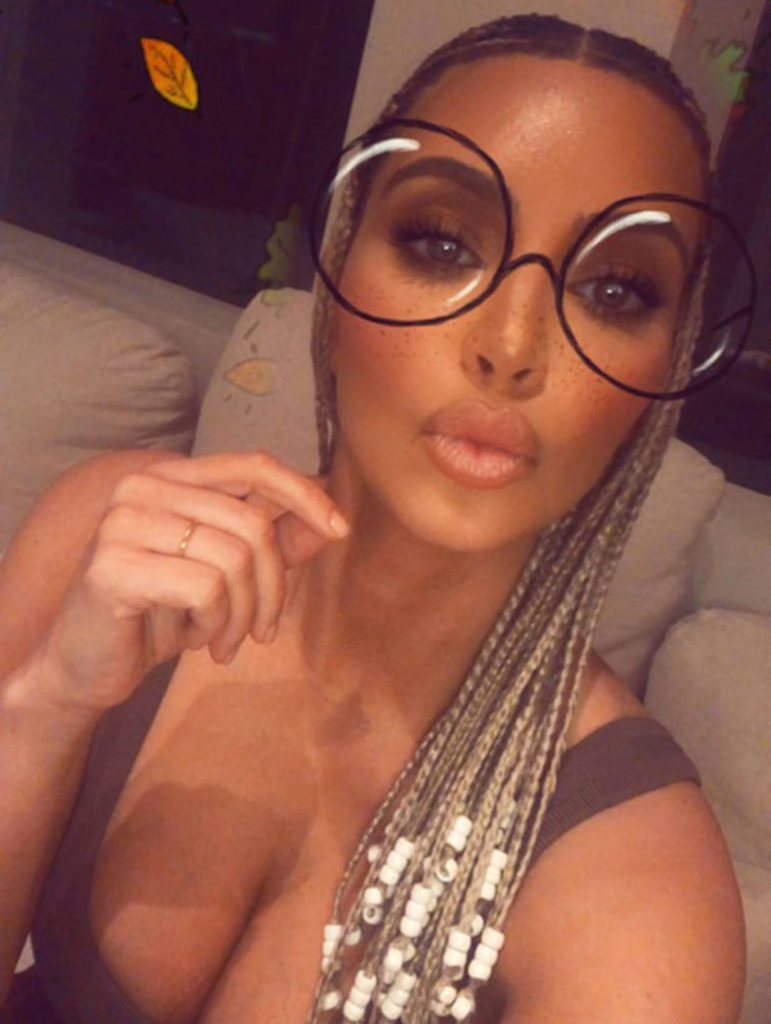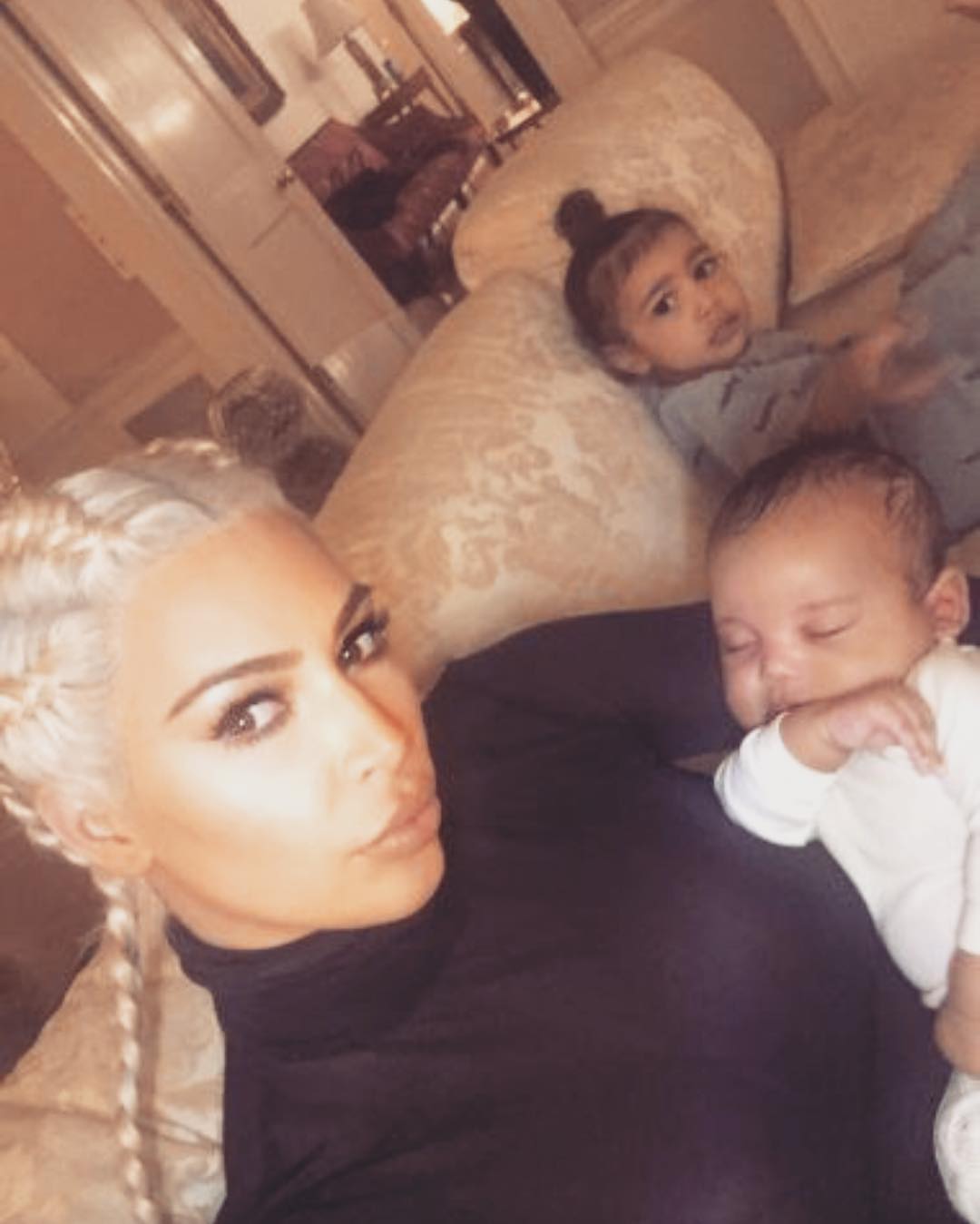The Black community is in an uproar after Kim Kardashian made her recent “white debut.” The term “white debut” is often used in the media to refer to an individual’s display of themselves as a white person through their appearance. Since the start of her newly ended relationship with Pete Davidson, fans have seen a new side of Kim, unique to how she typically presents herself. The first recent example of Kim’s white debut was at the Met Gala, where she garnered a lot of attention, portraying white American sex symbol, Marilyn Monroe.
The frustration surrounding Kim’s white debut lies in the notion that she essentially chooses to appear Black when it is convenient for her, discrediting the culture altogether. The public figure is known for her willingness to try hairstyles, fashion statements, and even business ideas that belong to and originated in the Black community. Black people create an aesthetic that not only makes us beautiful and different, but often “on trend” lately. When I see celebrities, not of my descent, wearing and crediting our creations as theirs, the first word that comes to mind is cultural appropriation.

Cultural appropriation is when majority members adopt cultural elements of a minority group in an exploitative, disrespectful, or stereotypical way. We have seen this countless times where famous people are accused of mocking another minority’s culture and calling it something new.
In 2018, Kim attended BeautyCon, where she wore what she called “Bo Derek Braids,” which were worn initially by Bo Derek, who also did not give credit where it was due. In African American culture, “Bo Derek Braids” are called Tribal Braids. You also see her use the term “Boxer Braids,” which in our culture are Feed-in Braids. Braids are not just a hairstyle but are a way of social art, which warrants credit to their original wearers.


Historically, Cornrows and Tribal Braids were a way of signifying tribes, marital statuses, age, and more. This is not just a fashion statement, but it’s the cultural history of my ancestors. Instead of acknowledging the history behind what they are trying to portray, many public figures lead their fans to believe that they are the ones who started the trend, that people should follow after them. Little do celebrities like Kim Kardashian know, we are judged for being ourselves and rocking the hairstyles they so-called “created” everyday.
This is not just a fashion statement, but it's the cultural history of my ancestors.
Asia Alexander
I am from Tallahassee, Florida. Multiple schools in my district prohibit young people from wearing Afros, Locs, and certain braiding styles because they “disrupt” the learning environment. In 2014, my brother got called to the dean’s office because of his Locs. He was told that if he did not cut his hair off, he would have to find another school to attend.
The same happened with a female at my school, and her afro. A white student said he couldn’t see over her hair, so she was no longer allowed to wear her hair to school. These are merely a few of many cases reported at one of countless schools displaying hair discrimination.
On countless occasions, figures like Kim are praised for what society deems Black women’s body features to be: the big butt, big lips, and snatched waist are just a few characteristics. The question is, why do people who do not look like us get to control how people view us? And more importantly, why can figures like Kim K choose to take from Black culture when it is convenient for them? Black is not a trend, and change needs to be made.
Featured image via @kimkardashian. Design by Her Campus Media.

